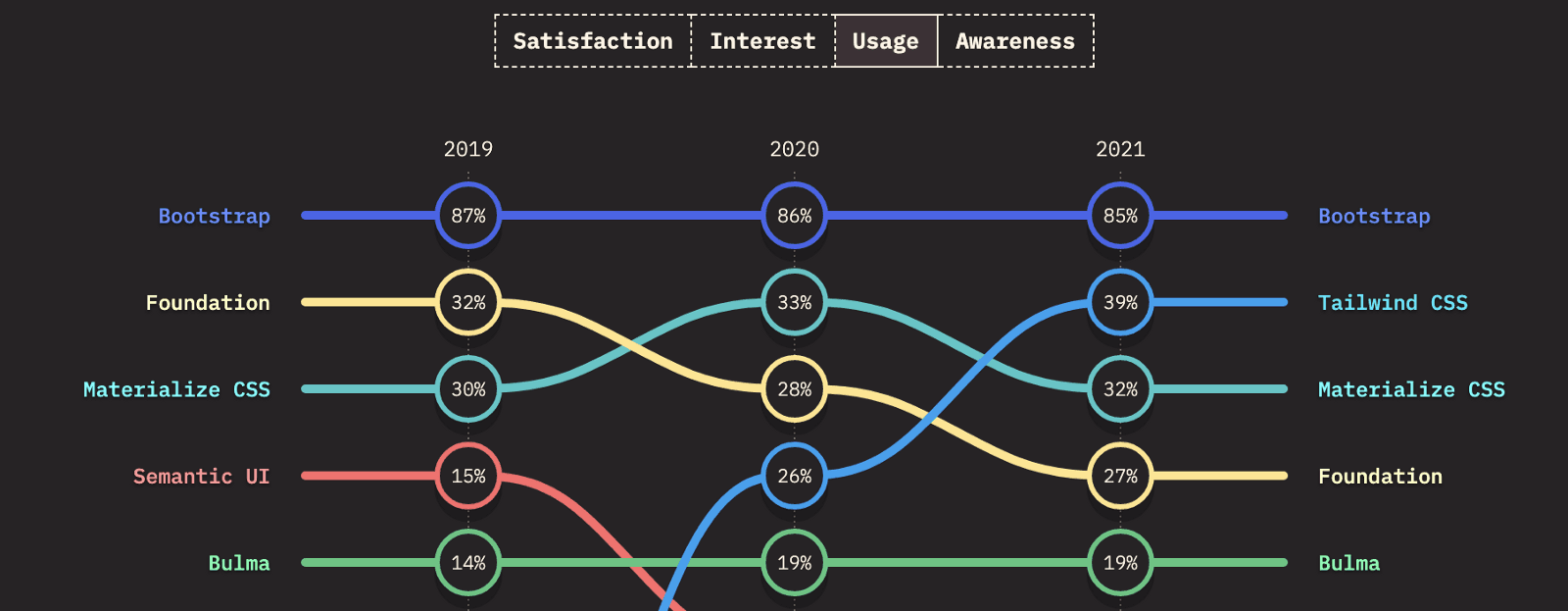
The Pros and Cons of Using a CSS Framework in Your Next Project
The Pros and Cons of Using a CSS Framework in Your Next Project

Hey Devs 👋 ,
Today, we're delving into the realm of CSS frameworks, a topic that ignites fervent debates across the web development community. Whether you're embarking on a grand project or enhancing a personal blog, the decision to adopt a CSS framework can profoundly shape your workflow and final product. Let's dissect the advantages and drawbacks of utilizing a CSS framework and compare popular options like Tailwind and Bootstrap.
What is a CSS Framework?
At its core, a CSS framework is a pre-prepared library intended as a foundation for writing CSS. Essentially, it's a collection of CSS stylesheets that define the basic styles for the primary components of a web page. Think of it as a toolkit that streamlines the process of building the structure and aesthetics of your site with pre-written CSS rules. Bootstrap and Tailwind CSS stand as prime examples, each with its unique philosophy and approach.
Advantages of Using a CSS Framework
Consistency in Design: CSS frameworks offer predefined styles, ensuring consistency across your project and a predictable appearance across different browsers, minimizing the need for browser-specific adjustments.
Speed of Development: By leveraging CSS frameworks, developers can focus more on higher-level design aspects, as frameworks provide pre-built styles and components that expedite project initiation and streamline development processes.
Responsiveness and Cross-Browser Compatibility: Most frameworks prioritize responsiveness, ensuring optimal viewing experiences across various devices, while also addressing cross-browser compatibility concerns.
Community Support and Documentation: Established CSS frameworks boast vibrant communities and extensive documentation, facilitating troubleshooting and fostering a collaborative environment for developers.
Disadvantages of Using a CSS Framework
Learning Curve: Despite simplifying development, CSS frameworks entail learning curves, especially for beginners, necessitating time investment in mastering their syntax and rules.
Bloated Code: CSS frameworks may result in bloated, heavy web pages due to unused styles and components, potentially impacting site performance and loading times.
Limited Customization: While offering customization options, CSS frameworks confine developers within predefined rules and styles, potentially hindering the achievement of a unique visual identity.
Over-reliance and Skill Dilution: Over-reliance on frameworks can impede in-depth learning of core CSS, essential for advanced web design.
Comparing Tailwind and Bootstrap
Philosophy and Approach:
Tailwind: Embraces a utility-first approach, enabling developers to compose custom designs with low-level utility classes.
Bootstrap: Adopts a component-based approach, offering predefined components for developers to customize.
Flexibility and Customization:
Tailwind: Provides high flexibility but demands a more hands-on approach.
Bootstrap: Strikes a balance between customization and convenience within the framework's structure.
File Size and Performance:
Tailwind: Generates only styles used in the project, potentially resulting in a smaller file size and improved performance.
Bootstrap: Includes a comprehensive set of styles and components, leading to a larger file size that may impact performance.
Conclusion
The decision to use a CSS framework hinges on project-specific factors such as size, deadlines, expertise, and preference. While Bootstrap excels in rapid development and consistency, Tailwind CSS offers unparalleled customization, albeit with a steeper learning curve.
Remember, there's no one-size-fits-all solution. Explore the domain of CSS frameworks. Whether you're interested in Tailwind CSS's adaptability or prefer Bootstrap's familiarity, it's time to find the right fit for you. Try implementing one in your next project and share your experiences with us! Have questions or need guidance? Feel free to reach out – our community is here to support you on your coding journey.
Join the conversation and engage with fellow developers on BanklessDao's Dev Guild channel. Share insights, seek advice, and collaborate with like-minded individuals passionate about web development and CSS frameworks. Click here to join the Dev Guild Community now!
Happy coding 👋!



A nice read, good for beginners and devs who wants to use CSS frame work for their projects
Thank you for your feedback! We're glad you found the article helpful, especially for beginners and developers exploring CSS frameworks. If you have any specific questions or topics you'd like us to cover in future articles, feel free to let us know! 😊 ,
Congratulations on publishing the first article, team! 🎉 👏 It's an excellent overview of CSS frameworks, and I appreciate the insights on Tailwind and Bootstrap. Looking forward to more great content from the Dev Voice blog! 💻
Thank you so much for your kind words and support! We're thrilled that you enjoyed our overview of CSS frameworks and found the insights on Tailwind and Bootstrap valuable. Stay tuned for more exciting content coming your way from the Dev Voice blog!